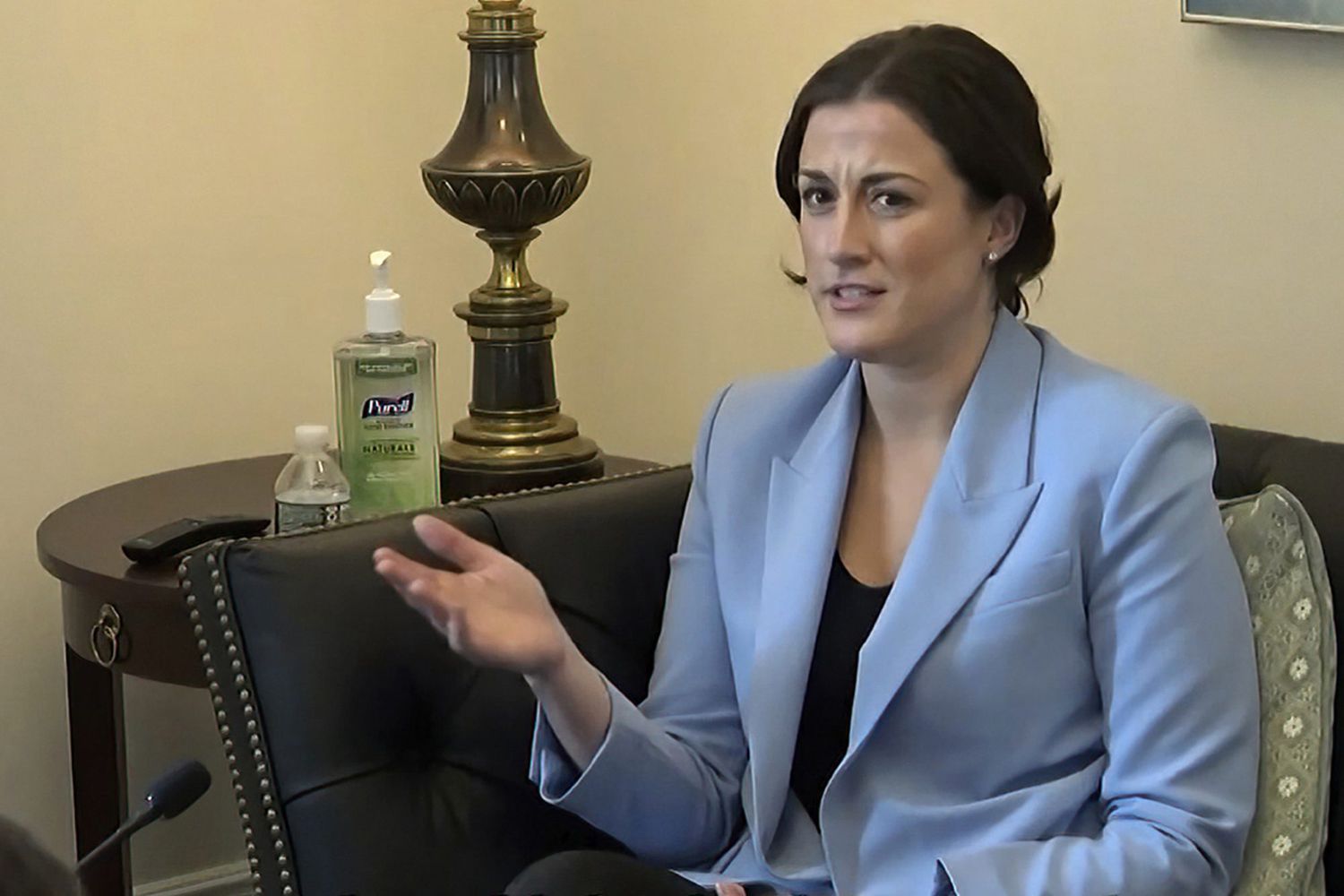The Glossy Mirage: Separating Fact From Fiction

Table of Contents
Recognizing Deceptive Marketing Tactics
The "glossy mirage" is often created through deceptive marketing tactics designed to manipulate our perceptions and influence our purchasing decisions. Understanding these techniques is the first step in separating fact from fiction.
The Power of Suggestion
Subtle cues and emotional appeals are powerful tools in persuasive marketing. Advertisers skillfully use these to bypass our critical thinking and create a desire for their products.
- Use of aspirational imagery: Images showcasing idealized lifestyles and unattainable perfection.
- Celebrity endorsements: Leveraging the fame and perceived trustworthiness of celebrities to promote products, often without genuine connection or expertise.
- Unsubstantiated claims: Making bold statements about product efficacy without providing credible evidence. Look out for phrases like "miracle cure" or "best ever" without supporting data.
- Focus on lifestyle rather than product: Instead of highlighting the product's features, the ad focuses on the aspirational lifestyle associated with owning it.
Example: Consider a skincare advertisement showing a flawlessly smooth-skinned model in a luxurious setting. The implication is that using the product will result in similar results, but this is rarely the case. The image is carefully constructed, using lighting, filters, and potentially even digital retouching.
Identifying Misleading Visuals
Images and videos are frequently manipulated to create a false sense of reality. This can range from subtle enhancements to outright fabrications.
- Retouched photos: Digital editing tools are used to remove blemishes, slim bodies, and enhance features, creating an unrealistic ideal.
- Unrealistic lighting: Strategic lighting can hide flaws and create an artificially enhanced appearance.
- Staged scenes: Scenes are carefully orchestrated to present a perfect image, often far removed from reality.
- Selective angles: Specific camera angles are used to create a more flattering or misleading impression.
Example: Before-and-after photos of weight loss products often show drastically altered images, with the "before" photos potentially unflattering and the "after" photos heavily edited.
Unpacking Hidden Agendas
Many sources of information have hidden agendas that can influence their presentation of facts. Recognizing these biases is vital for discerning truth.
- Sponsored content: Content created and paid for by a company to promote its products or services, often disguised as objective reporting.
- Undisclosed affiliations: Failing to reveal relationships between the source and the subject of the information, creating a conflict of interest.
- Lack of transparency: Omitting crucial information or failing to provide context, leading to a skewed understanding of the subject.
- Confirmation bias: Presenting information selectively to confirm pre-existing beliefs or viewpoints, ignoring contradictory evidence.
Example: A news article might promote a certain political candidate without disclosing that the author is a paid campaign advisor.
Developing Critical Thinking Skills
Developing strong critical thinking skills is essential for navigating the "glossy mirage" of misleading information.
Questioning Sources and Authority
Don't blindly accept information at face value. Always question the source and its credibility.
- Check author credentials: Verify the author's expertise and qualifications related to the subject matter.
- Examine publication history: Investigate the reputation and potential biases of the publishing source.
- Look for supporting evidence: Demand evidence to back up claims and assertions. Don't accept information based solely on authority.
- Cross-reference with fact-checking websites: Utilize reputable fact-checking organizations to verify information.
Example: Compare information about a controversial scientific topic from a reputable scientific journal and a less credible blog.
Analyzing Evidence and Logic
Evaluating the strength and validity of arguments and data is crucial for separating fact from fiction.
- Identify logical fallacies: Recognize common errors in reasoning, such as appeals to emotion, straw man arguments, and ad hominem attacks.
- Assess the quality of evidence: Evaluate the reliability, relevance, and sufficiency of the evidence presented.
- Consider alternative explanations: Don't limit your consideration to a single explanation; explore other possibilities.
- Examine statistical methods: Understand how statistical data is collected, analyzed, and presented, and be wary of misleading statistics.
Example: Deconstruct a persuasive advertisement that uses emotionally charged language but provides no concrete evidence for its claims.
Recognizing Cognitive Biases
Our own biases can significantly affect how we interpret information. Being aware of these biases is crucial for objective analysis.
- Confirmation bias: The tendency to seek out and favor information that confirms pre-existing beliefs.
- Availability heuristic: Overestimating the likelihood of events that are easily recalled, often due to vividness or recent occurrence.
- Anchoring bias: Over-relying on the first piece of information received (the "anchor") when making judgments.
- Bandwagon effect: Adopting beliefs or behaviors because they are popular.
Example: Someone who believes climate change is a hoax might selectively seek out and share articles that support this view while ignoring evidence to the contrary.
Practical Strategies for Separating Fact from Fiction in Daily Life
Applying critical thinking skills requires practice and conscious effort.
Slow Down and Reflect
Don't rush to conclusions. Take your time to process information before accepting it as true.
- Practice mindfulness when consuming media: Be aware of your own reactions and biases while interacting with information.
- Avoid impulsive judgments: Resist the urge to immediately accept or reject information without careful consideration.
- Develop a healthy skepticism: Maintain a questioning attitude and demand evidence before accepting claims.
Cultivate Media Literacy
Developing media literacy is essential for navigating the information landscape effectively.
- Learn to identify propaganda techniques: Recognize and understand various methods used to manipulate opinions and beliefs.
- Analyze persuasive language: Pay close attention to word choice, tone, and framing to identify bias and manipulation.
- Become familiar with fact-checking resources: Utilize reputable fact-checking websites and organizations to verify information.
Engage in Informed Discussions
Engage with others in a respectful and thoughtful manner, promoting fact-based discussions.
- Respectful discourse: Engage in respectful dialogue, even when disagreeing.
- Seeking diverse perspectives: Seek out and consider different viewpoints to broaden your understanding.
- Fact-based debates: Ground discussions in evidence and verifiable facts.
- Avoiding echo chambers: Actively seek out information from sources that challenge your existing beliefs.
Conclusion
In today's world, the "glossy mirage" of deceptive information is pervasive. By developing critical thinking skills and employing the strategies outlined in this article, you can equip yourself to navigate the complexities of information overload and separate fact from fiction. Learn to identify deceptive marketing tactics, question sources, analyze evidence, and recognize cognitive biases. Mastering these skills will empower you to make informed decisions and avoid being misled by the illusions around us. Continue practicing your skills in discerning fact from fiction; you’ll become more adept at seeing through the glossy mirage.

Featured Posts
-
 Cassidy Hutchinson January 6th Hearing Witness To Publish Memoir
May 07, 2025
Cassidy Hutchinson January 6th Hearing Witness To Publish Memoir
May 07, 2025 -
 Postawa Polakow Wobec Dzialan Trumpa Na Ukrainie Sondaz
May 07, 2025
Postawa Polakow Wobec Dzialan Trumpa Na Ukrainie Sondaz
May 07, 2025 -
 Court Appointed Monitor Suggests Lion Electric Liquidation
May 07, 2025
Court Appointed Monitor Suggests Lion Electric Liquidation
May 07, 2025 -
 The Growing Trend Of Betting On Natural Disasters The Case Of The La Wildfires
May 07, 2025
The Growing Trend Of Betting On Natural Disasters The Case Of The La Wildfires
May 07, 2025 -
 Go Ahead Eagles Cup Final De Bussers Shoot Out Secures The Title
May 07, 2025
Go Ahead Eagles Cup Final De Bussers Shoot Out Secures The Title
May 07, 2025
